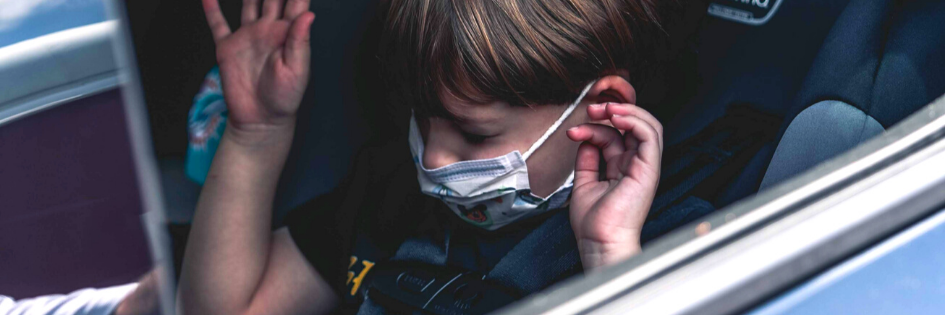Three-Fourths of Rescued Children Came from Foster Care

According to a US Marshals Service (USMS) spokesman quoted by PJ Media, more than three-fourths of children recently rescued in two Marshals Service operations originally went missing from foster care placements.
Over the last month, we have rejoiced over headlines such as “US Marshals find 39 missing children in Georgia during ‘Operation Not Forgotten’,” and “US Marshals locate 25 missing Northeast Ohio children in ‘Operation Safety Net’.”
Yet, even as I was thrilled to see these children rescued, my immediate thought was, “How many of them came from foster care?”
The Numbers
An article in PJ Media last Friday confirmed my cynical suspicions: in these two operations, 53 of the 70 children who were rescued had been stolen out of foster home placements, not their family homes. That’s almost 76 percent!
The article quotes an email from USMS’s Dave Oney as the source of the following:
For the Northern Ohio Operation Safety Net: 25 of the 31 children recovered were in DCFS care in either a groups home or foster case. Additionally, seven children have been confirmed victims of sex trafficking.
For Operation Not Forgotten in Georgia: 28 of the 39 recovered were in the care of DFACS; 15 were victims of sex trafficking.
A third operation in Indianapolis rescued eight children, of whom two came from foster home placements. In all three operations, over 70 percent of the children recovered had disappeared from government care.
Clearly, the pedophiles who abducted and trafficked these children decided it was easier to take children from “the system” than from the care of their own parents.
“Natural Bonds of Affection”
This should come as no surprise. As a general rule, children are safer with their parents than in anyone else’s care.
The US Supreme Court said it well in 1979: “Natural bonds of affection lead parents to act in the best interests of their children.”
Such is the natural order of things, and it is true in the vast majority of homes.
Yes, some tragic exceptions exist. Sadly, some of the children rescued in these very operations had been abused by their own parents. And such outliers must be dealt with appropriately—no one has a right to abuse a child.
But parents who abuse their children remain rare. The general rule remains: children are safest with their parents, who love them most.
Protecting Children by Keeping Them Home
Through efforts like replacing anonymous reporting with confidential reporting and providing due process before a name goes on a child abuse registry, the Parental Rights Foundation works to protect innocent families and keep children with their loving parents, where they belong.
One has to wonder: If the government took children from their homes only when they absolutely had to, how many of these abducted children would never have been targeted by abductors (not of the government kind) in the first place?
The numbers show that the monsters preying on our children would rather take them from the system than try to get them away from loving parents. So shouldn’t we do all we can to keep our children safely in their homes?
It’s another example of protecting children by empowering parents. It turns out, parents are better than the government, even at preventing child trafficking and abduction.
And that’s one more really good reason to keep doing what we do.
Thank you for your support of the Parental Rights Foundation.
Sincerely,
Michael Ramey
Executive Director
